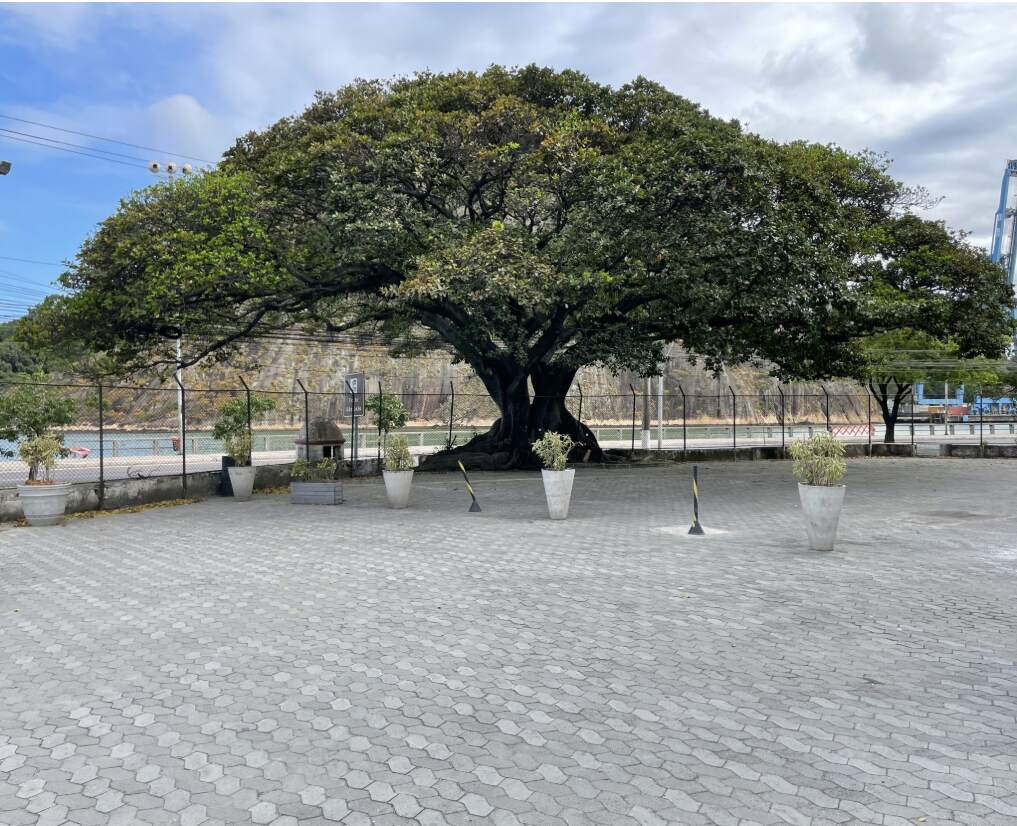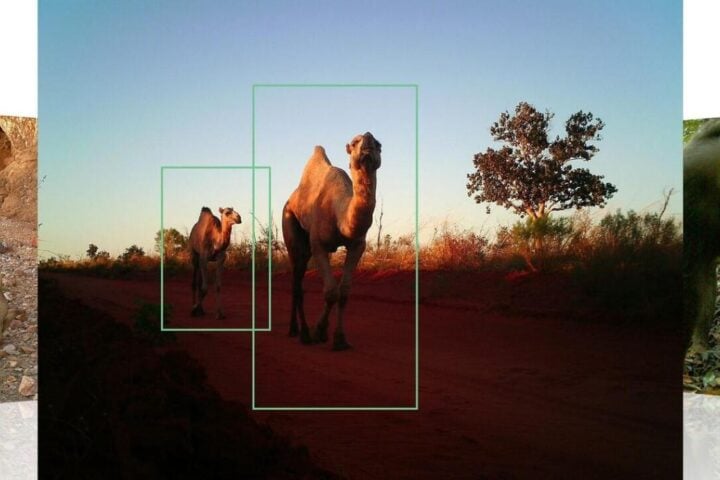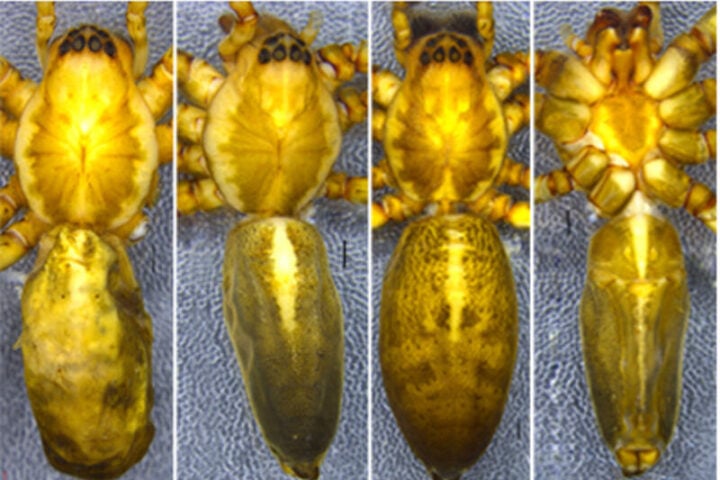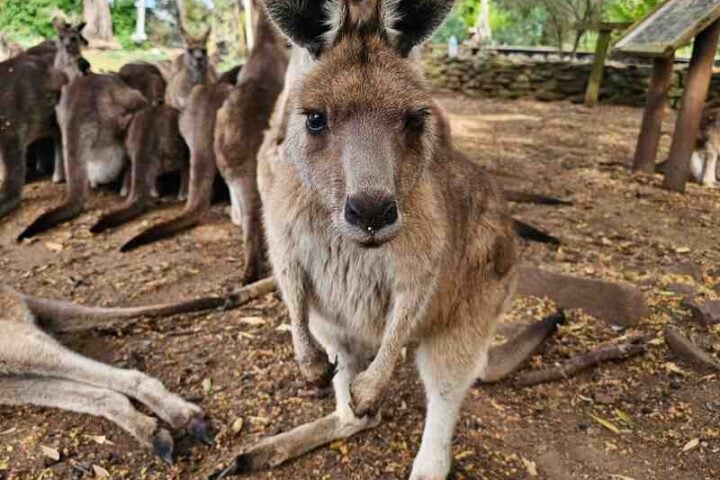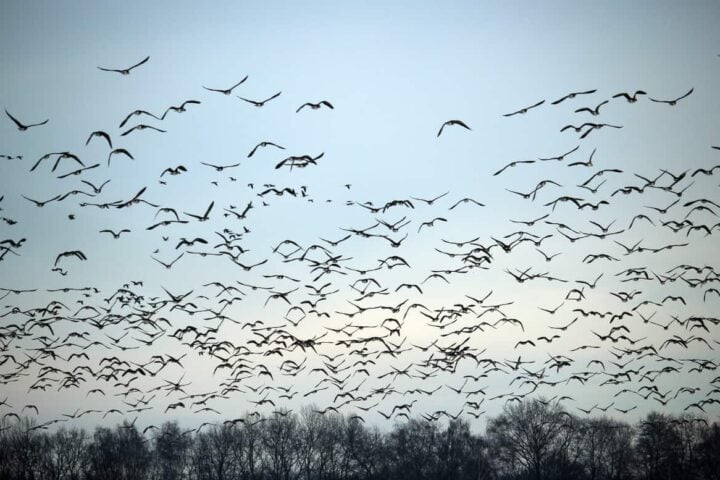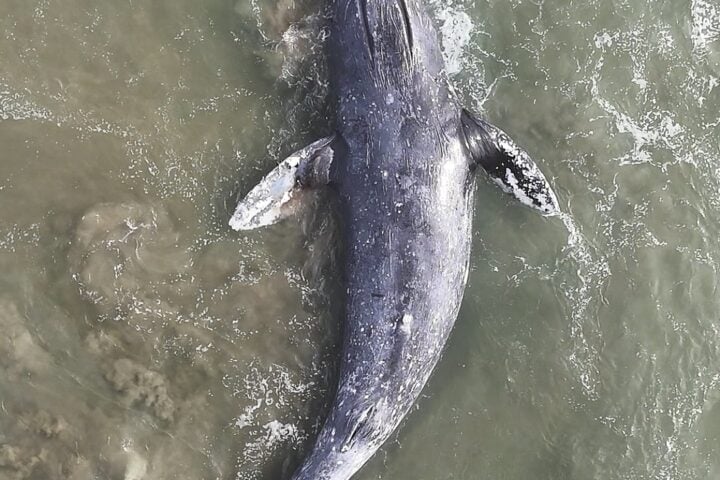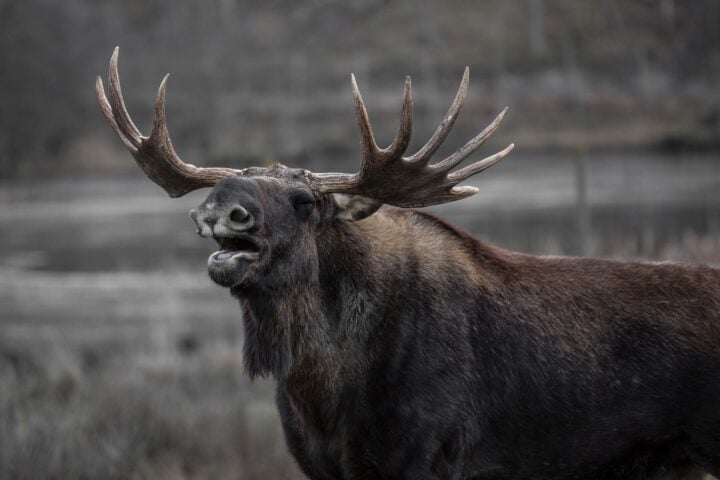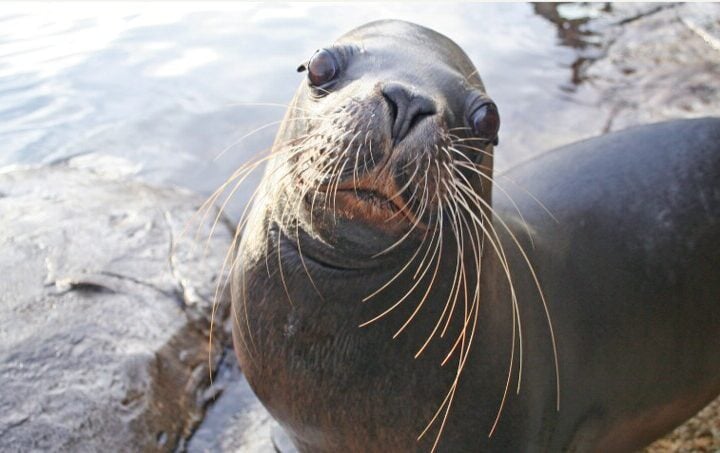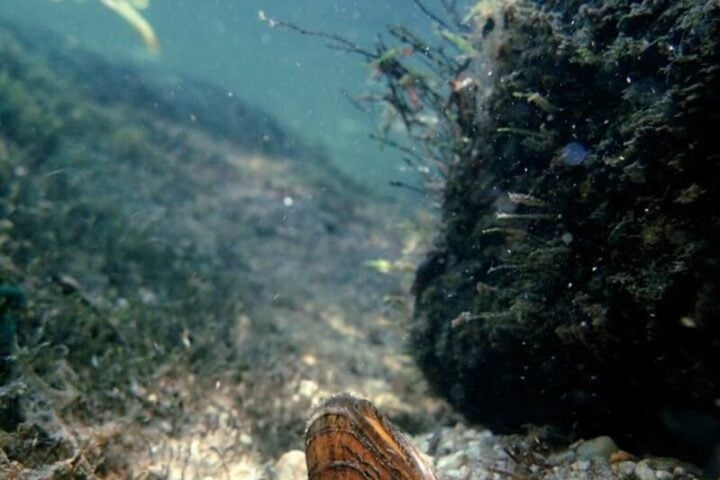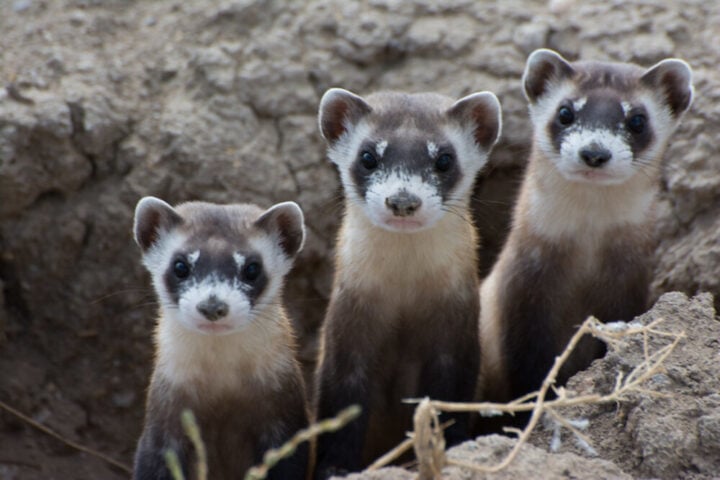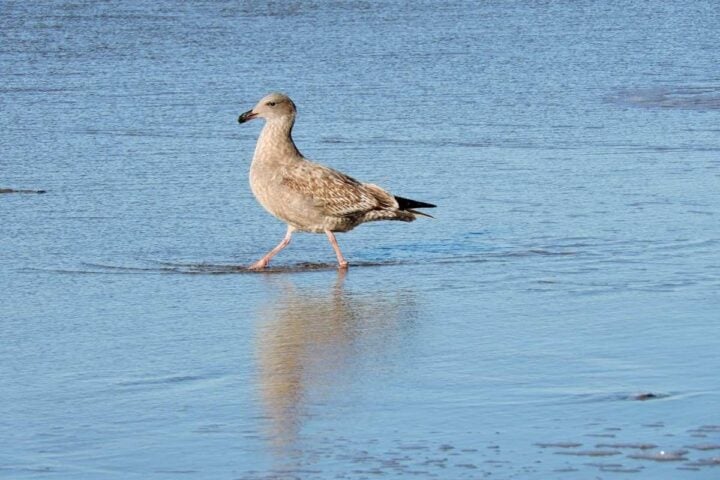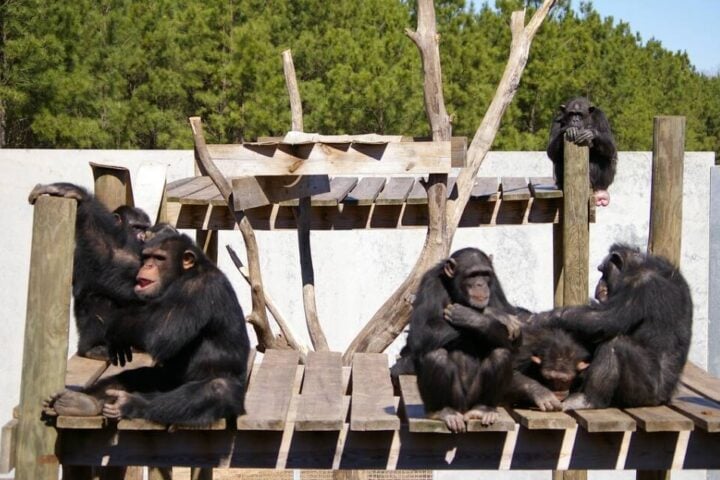Trees are our best friends. They give us shade, provide fruits, and give us fragrant flowers. They also supply us with timber, and give out oxygen. On top of that they are a source of medicinal herbs too.
That is why, in Japan when trees obstruct urban development or road construction, they are often relocated instead of being cut down. This reflects a strong cultural respect for nature as well as commitment to sustainability. This practice involves careful uprooting of trees. They are then transplanted to ensure their survival and growth in a new location.
Japan prioritizes preserving trees. Japanese maintain greenery, even in urban areas. Relocation is carried out carefully. When trees are in the path of construction, specialists are employed to carefully uproot and relocate them.
The technique to do this is called root balling. Trees are lifted using special cranes for root balling. It ensures the root system is intact. An example of the tree relocation is the Jingu Gaien District Urban Redevelopment Project which was under intense scrutiny by experts which included architects, environmentalists, economists etc. There were calls for the termination of the project for the concern of destruction of nature.
The plan has been updated to reduce the number of trees removed from 743 to 619 and increase the total number of trees after redevelopment from 1,904 to 2,304. Moreover, the new baseball stadium’s distance from the ginkgo tree rows will be increased by 10.3 meters to 18.3 meters, to provide a better environment for these trees.
Sustainability is the root cause of relocation. This practice reflects a balance between progress and preservation. It allows urban development to proceed while protecting the environment. There is a cultural angle too for this practice.
Similar Posts:
Trees hold deep spiritual and cultural significance in Japan. Some Japanese believe that spirits inhabit old trees. The phrase used for care and precision involved in tree relocation is called “Nemawashi.” Nemawashi means digging around the roots.
Japan also has sustainable forestry practices. It includes restrictions on clear-cutting and selective thinning. This allows forests to thrive. There is also a technique to create forest cover quickly on degraded land. The method is known as Miyawaki Method for afforestation. It promotes biodiversity and carbon capture.
Daisugi is a Japanese forestry technique. It originated in Kyoto around the 14th century. In this process, shoots from a type of cedar tree are carefully pruned. This helps multiple branches grow straight up from the base of the tree. Some of the cedars in Yakushima are thought to be 7,000 years old. Some of the ancient trees have their own affectionate names.
There are benefits for the environment in relocation of trees. The ecological advantages include: Carbon sequestration, biodiversity conservation, urban greening, heat island mitigation, stormwater management. The Japanese method also conserves biodiversity. Urban areas are greened by applying the latest methods of preservation of ancient trees. Owing to the spreading of greenery, heat is not concentrated in one place. The Japanese also know how to manage stormwater.
Technological advancements have come to the rescue of Japanese tree relocation planners. GPS tree tracking has helped them to keep abreast with the latest report on tree tracking. Another novel method is 3D tree modeling. Tree monitoring systems help to coordinate the work of several environment agencies. AI also is going to be used in safe tree relocation. Roots of the trees will be protected by developing innovative practices. In short, Japan has combined ancient methods of tree preservation with new technology to relocate trees.
Tokyo, the capital of Japan, is the best example of successful tree relocation. The Japanese PMO (Prime Minister’s Office) coordinates the efforts of the Ministry of Land, Infrastructure, Transport and Tourism to relocate trees on a large scale basis, whenever and wherever required.
Some Japanese believe that old spirits reside in ancient trees. With the cooperation of enlightened citizens, the government agencies are carrying out tree relocation activities. Thus Japan has evolved a combination of old and new methods of tree relocation to make that country an ideal attraction for tourists and pilgrims.
